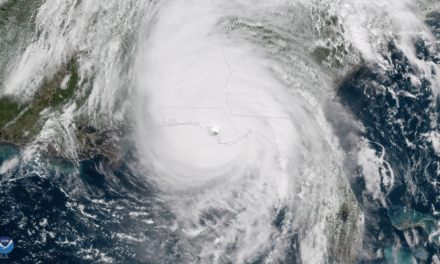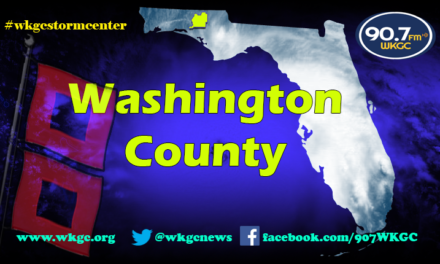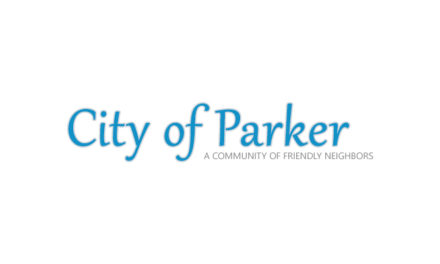
What Does “Substantial Damage” Mean?
Survivors in Florida communities may have heard the term “substantial damage” from local building officials lately. So what does it mean? Substantial damage applies to a structure in a Special Flood Hazard Area (SFHA) or floodplain for which the total cost of repairs is 50 percent or more of the structure’s market value before the disaster occurred, regardless of the cause of damage.
The decision about a structure being substantially damaged is made at the local government level, generally by a building department official or floodplain manager.
Community floodplain management or building officials may inspect your property if they suspect your home or business has been substantially damaged.
Individuals, communities, businesses and government agencies all have a stake in how buildings damaged from a disaster are rebuilt and repaired. Rebuilding after a disaster provides an opportunity to make buildings stronger and safer. The primary goal is to reduce risk of loss from future disasters.
If local officials determine that a residential structure has been substantially damaged – meaning the cost to repair the home is equal to or greater than 50 percent of its market value before the disaster damage – the owner generally has three options to bring the structure into compliance.
- Elevate the building to a height determined by local officials.
- Relocate the structure outside the floodplain.
- Demolish the structure.
Having this information helps property owners decide whether to repair or replace a damaged dwelling, and whether additional work will be needed to comply with local codes and ordinances.
For communities that participate in the National Flood Insurance Program (NFIP), substantial damage determinations are required by local floodplain management ordinances. These rules must be in place for residents of a community to purchase flood insurance through the NFIP.
If a building in a floodplain is determined to be substantially damaged, it must be brought into compliance with local floodplain-management regulations.
FEMA does not make a determination of substantial damage and does not notify any property owner of a damage determination. FEMA damage assessment teams may be asked to respond to local requests to assess the extent of disaster-caused damage to some structures. The data is provided to local jurisdictions, which may make substantial damage determinations based on their own ordinances.
FEMA mitigation experts have been and continue to be in close contact with local officials.
Property owners who have a FEMA flood-insurance policy and a substantially damaged building in a Special Flood Hazard Area may be able to use additional funds from their policy (up to $30,000) to help defray the costs of elevating, relocating or demolishing a structure. For more information on this provision – known as Increased Cost of Compliance – contact your insurance agent.
In some cases, substantial damage determinations can lead to a property acquisition process, wherein a community may choose to offer to purchase and demolish properties. This can be complicated and time-consuming, but it has been a successful method of avoiding even higher and more frequent costs in subsequent disasters, especially floods.
For more information, contact your local code enforcement officials or floodplain administrator, FEMA’s National Flood Insurance Program at 800-427-4661 or 800-427-5593 (TTY) or your local insurance agent.
More information is available at fema.gov and floodsmart.gov














